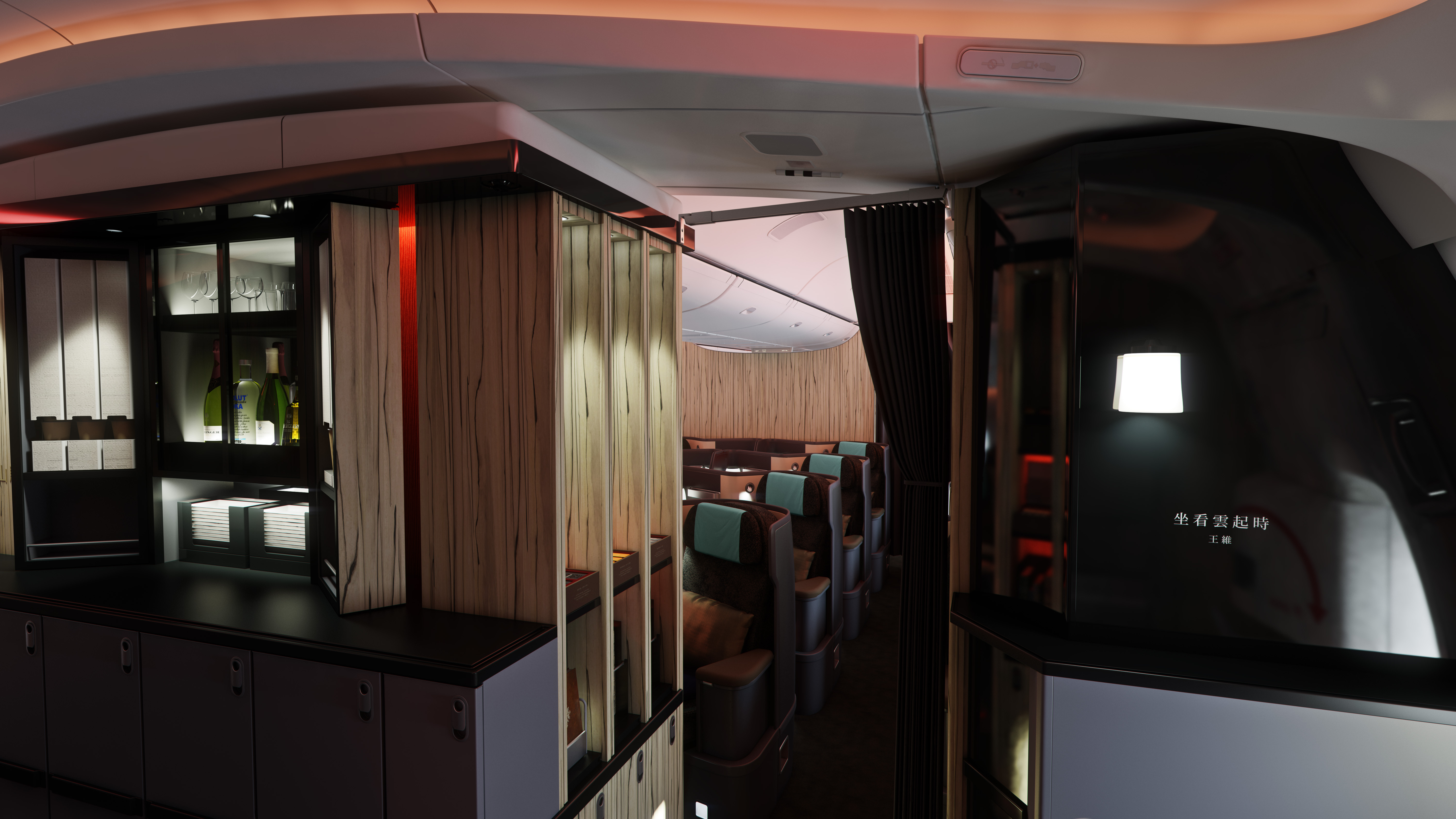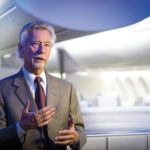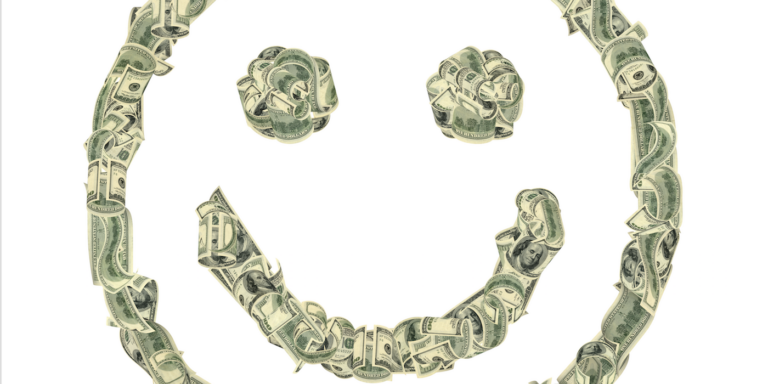Boeing carries out extensive research with the flying public to discover what they feel are the best and worst parts of the flying experience, and their emotional responses during all phases of the journey. So where does happiness lie in the scale of desired emotions, and how do passenger emotions translate into revenue? We asked two Boeing experts their opinion: Blake Emery, director of differentiation strategy, who is in charge of making sure that Boeing develops commercial airplanes that people prefer to fly in; and Kent Craver, regional director of cabin experience and revenue analysis, who knows all there is to know about creating an enjoyable and profitable cabin environment.
Passenger happiness is clearly desirable, but does it benefit the bottom line for airlines?
Kent Craver: “Although we measure happiness factors, we take a much more holistic view. We research multiple categories, measuring emotions, physical feelings, cabin features and overall passenger preference. In terms of the pay-off, it really comes down to that preference. We take a conservative approach that – even though it isn’t true – nobody is ever willing to pay more for a better experience. The goal is that if we can help an airline to get passenger preference for their product, their revenue management system should see incremental revenue or value out of that preference, primarily because a higher demand closes out lower fares.
“From my airline days [Craver was previously manager of onboard product marketing and research at Continental Airlines], we saw an effect on preference and demand based on our choice of aircraft, and we did capture incremental revenue because of that. It’s not necessarily because people are willing to pay more, but because the higher demand means you shed the really price-sensitive people and attract more people who have a less price-sensitive nature.”
Blake Emery: “We are very concerned about how passengers feel emotionally, and we want them to feel good emotions – but it turns out that happiness doesn’t come up at the top of the scale. It scores with words like ‘comfortable’ and ‘relaxed’. There absolutely is a pay-off [to passengers having a positive emotional response], but we wouldn’t relate it in terms of happiness. The main thing we’re looking for is a change in preference. For example, if someone rates one aircraft type really highly in terms of happiness, but then prefers another when answering other questions, then that happiness rating didn’t pay off. The thing that counts is – all things being equal – which airplane you choose to fly on when you’re given a choice.”

So which emotions are at the top of the Boeing scale?
Emery: “The top ones are actually emotions that people seldom rate, which is good as you want stuff that’s hard to achieve. In the statistical method we use, we can do real apples-to-apples comparisons between how people feel on different aircraft, and so some of the ones at the very top are things like ‘euphoric’, ‘magical’ and ‘I didn’t want the flight to end’ – they are aspirational. However, we consistently find that, even when you use different research methodologies, when you ask people to describe their absolute best flight, they say they didn’t want to get off the airplane.”
You may not want to leave a suite, but what about the economy class cabins?
Emery: “You do hear a lot of complaints from economy passengers about how tightly packed in they are, for example, so you would think that our research data would show economy cabins on the negative side of the scale, with premium cabins on the positive side. As it turns out, for every aircraft for every class, people’s overall ratings tend to be on the positive side, although there is a significant difference between class ratings. So when people are experiencing being in the air and in an airplane, they are generally in a positive frame of mind, which I would say is counterintuitive to what people would think.”

Craver: “I would agree: this finding is counterintuitive to what people would expect. However, it is line with the in-depth research we have done, with the statistics confirming our deep qualitative research. When you ask someone if they want more legroom, you will always get the answer ‘yes’. We look at it as ‘how do you feel?’”
Do any cabin features lift passengers’ spirits?
Emery: “Having something at the entryway that looks different to what people usually see is, in general, always a good thing. There are a number of factors why we believe that – which we won’t go into – but in general we think that entryway features are a good idea. However, there are a lot of airlines whose business model won’t allow that, unless it can be done in a way that doesn’t lose seats.
“More important than individual features is how they play together and if they are consistent and compatible with the brand promise the airline is making and what the airline brand wants to stand for.”
Craver: “There’s always a trade. There are a lot of things you could do to potentially create a fantastic experience, but in the end, if it doesn’t turn into revenue, it doesn’t work. You need to balance everything to do with revenue – what people are willing to pay for, and what you believe strengthens the airline brand.”

So how does Boeing apply these findings?
Craver: “One of the key goals is to give airlines the flexibility to do what is best for their business, because it is different for every airline. We build platforms that are sold globally, so we focus on cross-cultural things that are universally beneficial and we consult with airlines. We give them recommendations based on our research and share information with them, but ultimately they have to make the business decision that is best for them.
“We believe that preference is a key factor because it tends to encapsulate many different elements. It’s about how the passenger feels about the experience. It’s about everything involved in the experience, and there are some things that Boeing can influence, but also things that the airlines can influence, such as the service. Humans don’t perceive experiences in single connections, we look at things holistically.”





